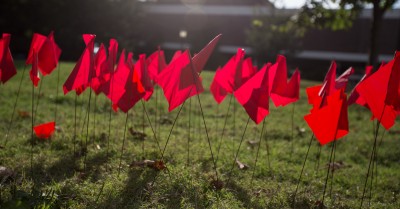What's the story?
As a user I want access to the database so that I can access the database.As a user I want access to the database so that I can access the database.
I expect we’ve all seen some really, really bad user stories like this.
I’ll bet you have a good feeling why it’s a bad user story, too, right? It’s too vague.
Well, it is vague. And that probably does make it a bad user story.
But there’s something more fundamental that makes this a bad user story. It’s the same thing that makes most user stories bad user stories.
Namely: It’s not a story!
The Mad Lib format of user stories is supposed to help us formulate good user stories.
As a ____, I want to ___, so that I can ____.
But in my humble opinion, this format has utterly failed. It’s far too easy to fill in this form with something grammatically correct, but essentially worthless.
User stories exist to start a conversation about how to solve a user’s problem. If your user story isn’t doing that, it’s not a good user story. No matter the format.
This means that even the most detailed Jira ticket can be a bad user story.
So my advice about user stories is to forget the format, and instead ask the question: Do you understand the user’s intention and motivation?
Without that, the format is irrelevant. Without that, detailed acceptance criteria is irrelevant.
What is the user’s goal? How can you help them achieve it?



